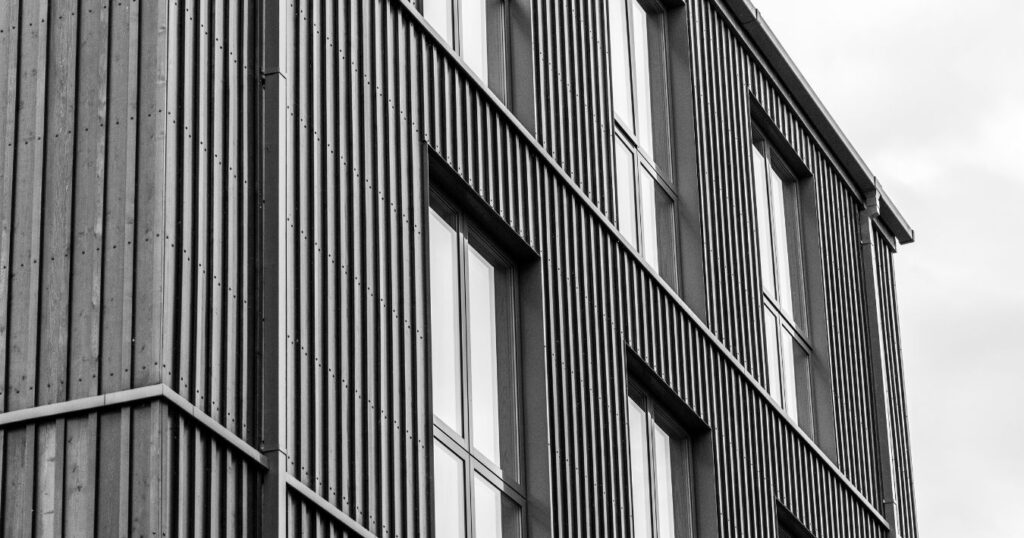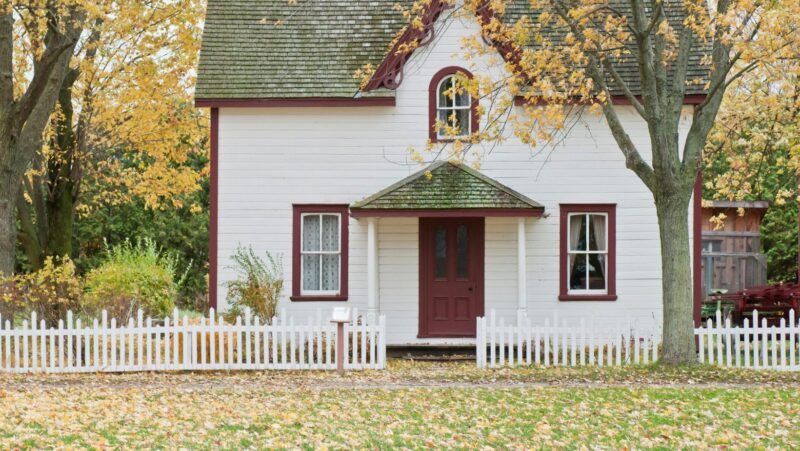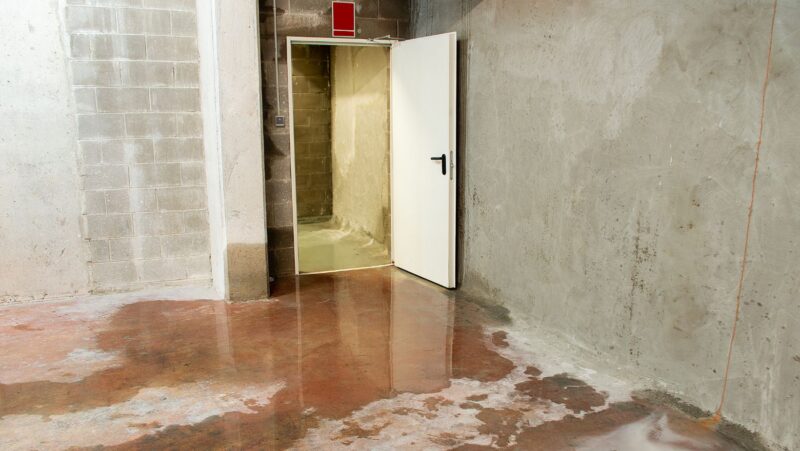
Choosing the right windows for your Los Angeles home can significantly impact its aesthetics, energy efficiency, and overall value. Marvin and Andersen, two leading window manufacturers in the United States of America, offer the highest-quality wood-clad options, made to cater to diverse homeowner needs. Both brands provide excellent choices for Los Angeles/Southern California residents, with Marvin’s Ultrex fiberglass exteriors and Andersen’s Fibrex composite material offering durability and low maintenance in the Southern California climate.
When selecting between Marvin and Andersen wood-clad windows, LA homeowners should consider factors such as design flexibility, energy performance, and long-term durability. Marvin windows are known for their customization options and sleek appearance, while Andersen offers a wide range of affordable windows in Los Angeles that balance style and functionality. Each brand has its strengths, making the decision dependent on individual preferences and specific home requirements.
Los Angeles homeowners looking to enhance their property’s curb appeal and energy efficiency will find compelling options from both Marvin and Andersen. These wood-clad windows combine the warmth and beauty of natural wood interiors with weather-resistant exterior materials, making them well-suited for the unique demands of Southern California’s climate.
Key Takeaways
- Marvin and Andersen offer high-quality wood-clad windows suitable for Los Angeles homes.
- Customization options and material choices vary between the two brands, affecting aesthetics and performance.
- Consider factors like climate, home style, and budget when choosing between Marvin and Andersen windows.
Evaluating Marvin and Andersen Wood-Clad Windows
Marvin and Andersen offer high-quality wood-clad windows with distinct features. Both brands provide durable materials, customization options, energy efficiency, and warranty coverage.
Material Quality and Durability
Marvin uses extruded aluminum cladding for its wood windows. This process creates a thicker, more durable exterior finish. Andersen employs aluminum as well for many of its wood-clad options.
Both materials resist fading, peeling, and cracking. Marvin’s aluminum cladding may be more resistant to dents and scratches. Andersen’s Fibrex offers good insulation properties.
The interior wood on both brands’ windows is typically pine. Marvin offers wood species such as Pine, Cherry, White Oak, Vertical Grain Douglas Fir, and Honduran Mahogany for customization. Andersen offers the wood species Pine, Red Oak, White Oaks, Maple, Mahogany, Cherry, Vertical Grain Douglas Fir, Mixed Grain Douglas Fir, Alder, Walnut, and Hickory.
Customization Options and Styles
Marvin and Andersen provide a wide range of window and door styles:
- Double-hung
- Casement
- Awning
- Sliding
- Bay and bow
- Picture windows
- Sliding doors
- Swinging doors
- Accordion/Folding doors
- Multislides
- Lift-And-Slide
Marvin offers a multitude of exterior color choices, with over 19 standard options. Andersen has 50 exterior color finishes for the aluminum-clad options, and also provides color sample matching.
Design-wise, Andersen is a bit more on the modern side, with square, sleek frames. Marvin, on the other hand, complements more traditional homes more, with softer, less rigid frame profiles.
Both brands allow for custom shapes and sizes. Marvin tends to have more flexibility in this area, catering to unique architectural needs.
Energy Efficiency and Performance Ratings
Marvin and Andersen wood-clad windows meet or exceed ENERGY STAR® requirements in most configurations. Both offer low-E glass coatings and argon gas fill options for improved insulation.
Marvin’s Ultimate line and Andersen’s 400 Series perform similarly in terms of U-factor and Solar Heat Gain Coefficient (SHGC). Specific ratings vary by glass package and window style.
Some Andersen models feature triple-pane glass for enhanced energy efficiency. Marvin offers this option on select products as well.
Installation and Warranty Coverage
Professional installation is recommended for both Marvin and Andersen wood-clad windows. This ensures proper fit and maximizes energy efficiency.
Marvin provides a 20-year warranty on glass and 10 years on non-glass parts. Andersen offers a 20-year warranty on glass and 10 years on non-glass components for most product lines.
Both companies have established dealer networks in the greater Los Angeles area. This facilitates easier access to warranty service if needed.
Proper installation is crucial for activating full warranty coverage. Homeowners should keep documentation of professional installation.
Costs and Considerations for LA Homeowners
When choosing between Marvin and Andersen wood-clad windows for your Los Angeles home, several factors come into play. These include upfront costs, long-term savings, maintenance needs, climate adaptability, and company reputation.
Initial Investment and Long-term Savings
Marvin and Andersen windows both represent significant investments for LA homeowners. Marvin Signature windows typically cost 10-15% more than comparable Andersen E-Series models. However, Marvin’s 20-year warranty on glass, wood frames, and aluminum cladding offer better long-term value compared to Andersen’s 5-year wood frame warranty.
Energy-efficient features like low-E coatings and argon gas filling can increase initial costs but lead to substantial energy savings over time. Both brands offer ENERGY STAR certified options, which can reduce heating and cooling bills by up to 15% in the LA climate.
Financing options are available from both companies, helping homeowners manage the upfront costs of window replacement or new construction projects.
Maintenance Requirements and Aesthetics
Wood-clad windows from both Marvin and Andersen require similar maintenance. The exterior aluminum cladding needs occasional cleaning, while the interior wood frames may need periodic refinishing to maintain their appearance.
Marvin offers more extensive color options for exterior cladding, with over 19 standard choices compared to Andersen’s 11. This wider range allows for greater customization to match LA’s diverse architectural styles.
Both brands provide various hardware finishes and window configurations, including double-hung, single-hung, and specialty shapes. Marvin’s hardware customization options are slightly more extensive, catering to homeowners seeking a specific aesthetic.
Local Climate Adaptability and Energy Bills
Los Angeles’s Mediterranean climate demands windows that can withstand heat, sun exposure, and occasional rain. Both Marvin and Andersen offer products tailored to these conditions.
Key features to consider:
- Solar Heat Gain Coefficient (SHGC)
- U-factor for insulation
- UV protection
Marvin’s Ultrex fiberglass frames generally outperform Andersen’s Fibrex composite in terms of thermal expansion, which is crucial in LA’s temperature fluctuations. This can lead to better energy efficiency and potentially lower cooling costs during hot summers.
NFRC labels on both brands’ windows provide standardized performance ratings, helping homeowners make informed decisions based on local climate needs.
Customer Analysis and Company Reputation
Both Marvin and Andersen enjoy strong reputations in the window industry, with histories spanning over a century. Customer reviews for both brands are generally positive, with high marks for product quality and durability.
Marvin tends to receive slightly higher ratings for customer service and support, which can be crucial during the installation process and for any future warranty claims.
The Better Business Bureau (BBB) rates both companies highly:
- Marvin: A+ rating
- Andersen: A rating
Local LA contractors and home improvement specialists often have experience with both brands, providing valuable insights into real-world performance and installation processes in the region’s unique architectural landscape.
Conclusion
Marvin and Andersen both offer high-quality wood-clad windows suitable for LA homes. Marvin’s products tend to be more customizable, while Andersen provides a wider range of price points. The choice ultimately depends on individual preferences, budget constraints, and specific project requirements. Homeowners should carefully consider factors like energy efficiency, design options, and warranty coverage when making their decisions. Ensure a proper installation by hiring qualified and experienced professionals in your area. Ultimately, both brands carry aluminum-clad products that are fantastic choices for your home and will come down to customers’ tastes beyond anything else.














